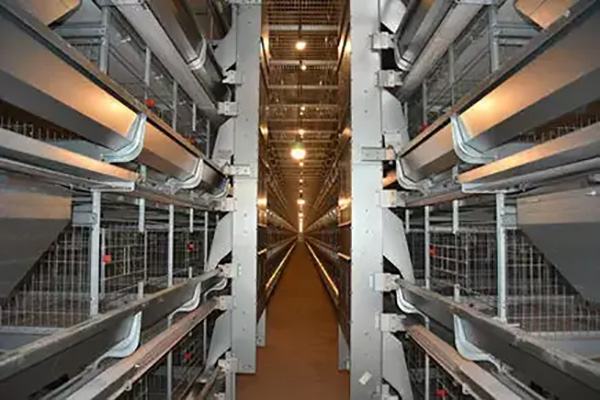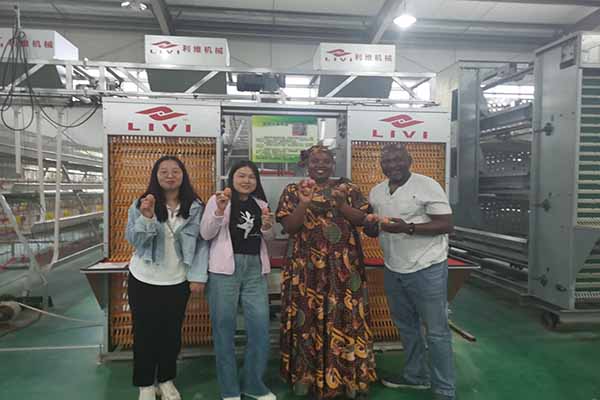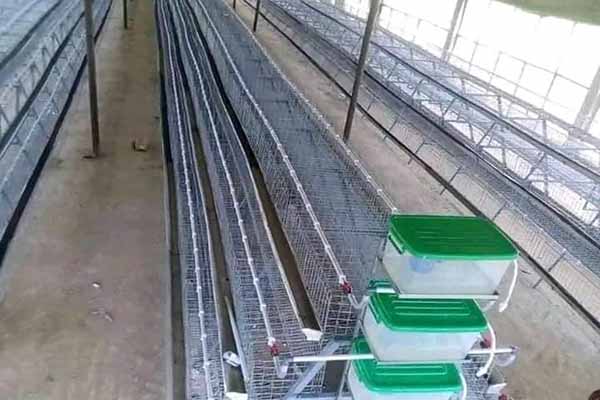Manual vs. Automation Cost Comparison: A Professional Insight
Time : 2025-06-26
In the world of poultry farming, the decision between manual and automated systems is a critical one that can significantly impact the cost, efficiency, and overall success of the operation. This article delves into a comprehensive cost comparison between manual and automated poultry farming systems, providing valuable insights for professionals in the industry.
Introduction
Poultry farming is a dynamic industry that requires precision and efficiency to maximize profits. The choice between manual labor and automation can be a game-changer for many farmers. While manual systems have been the norm for decades, advancements in technology have made automation a viable option. This article aims to provide a detailed cost comparison to help professionals make an informed decision.
Initial Investment Costs
One of the first factors to consider when comparing manual and automated systems is the initial investment cost.
Manual Systems
Manual systems typically require less upfront capital. They include basic equipment such as chicken coops, feeders, waterers, and collection bins. The cost of these items can vary depending on the scale of the operation and the quality of the equipment. However, they are generally more affordable than automated systems.
Automated Systems
Automated systems, on the other hand, involve a higher initial investment. They often include advanced equipment such as automated feeders, waterers, climate control systems, lighting, and egg collection systems. The cost of these systems can range from a few thousand to tens of thousands of dollars, depending on the technology and scale of the operation.
Operational Costs
Operational costs are another crucial aspect to consider when comparing manual and automated systems.
Manual Systems
Manual systems usually have lower operational costs. This is because they require less sophisticated technology and, therefore, less energy consumption. However, they also require more labor, which can be a significant expense. The cost of labor includes wages, training, and potential turnover costs.
Automated Systems
Automated systems may have higher operational costs due to the energy consumption of the equipment and the need for maintenance. However, they can offset these costs through increased efficiency and productivity. Automated systems can reduce labor costs by minimizing the need for manual labor, although they may require skilled technicians for maintenance and operation.

Product ivity and Efficiency
ivity and Efficiency
Productivity and efficiency are key factors that can impact the overall cost of poultry farming.
Manual Systems
Manual systems may be less efficient, leading to potential waste and reduced productivity. This can result in higher costs due to the need for more feed, water, and labor to achieve the same output as an automated system.
Automated Systems
Automated systems are designed to optimize productivity and efficiency. They can provide precise control over factors such as temperature, humidity, and lighting, leading to healthier birds and higher yields. This can result in lower costs per unit of production over time.

Scalability
Scalability is an important consideration, especially for growing poultry operations.
Manual Systems
Manual systems may be more challenging to scale up. As the operation grows, the need for additional labor and equipment can become a bottleneck, leading to increased costs and inefficiencies.
Automated Systems
Automated systems are generally more scalable. They can be designed to handle larger operations with relative ease, providing consistent performance as the scale increases.
Conclusion
The cost comparison between manual and automated poultry farming systems is complex and depends on various factors, including the scale of the operation, the technology used, and the specific needs of the farmer. While automated systems may have a higher initial investment and operational costs, they can offer long-term benefits in terms of productivity, efficiency, and scalability. For professionals in the poultry farming industry, carefully evaluating these factors will help determine the most cost-effective solution for their specific needs.











